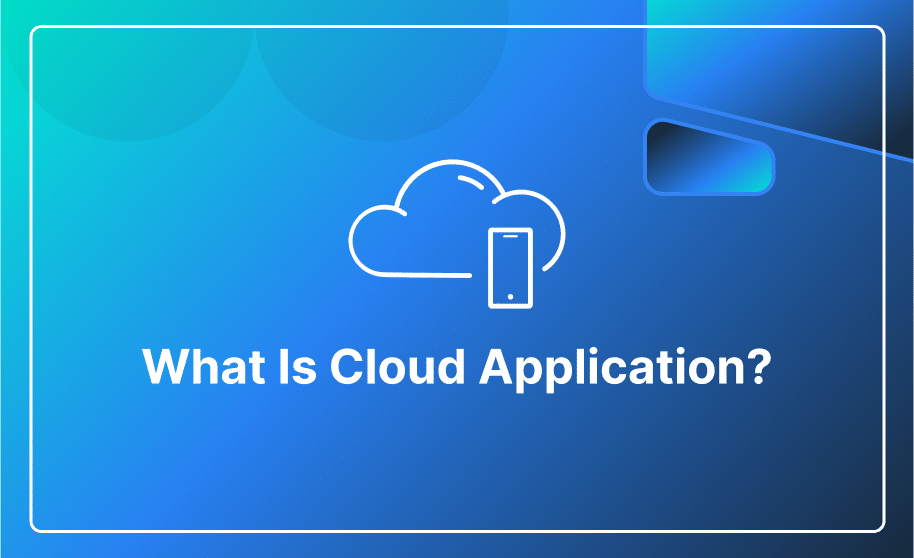Artificial Intelligence (AI) Is increasingly becoming a useful tool in various industries.
It is advancing rapidly due to advancements in machine learning algorithms, big data analysis, cloud computing, and other affordable hardware. These technological advances have provided us with the necessary tools to create AI systems that can perform remarkable tasks.
By 2025, it is expected that the AI market will reach approximately $180 billion.
Artificial Intelligence is about creating machines that can execute tasks that require human intellect, such as learning, reasoning, and autonomous decision-making.
If you want to create your own AI, which can be overwhelming. However, this step-by-step guide will provide clarity on important aspects and provide a foundation for your understanding.
How to Create Artificial Intelligence System: A Step-by-Step Guide
Step 1: Define Your Objective
Start by defining the purpose and objectives of your AI project. Do you want to create a chatbot, an advice system, or an autonomous vehicle? Having a clear goal will help your product meet users’ requirements and simplify the selection of the right coding language or AI technology.
Step 2: Data Gathering and Cleaning
The foundation of a successful AI system is in collecting high-quality data. Therefore, gather a variety of relevant datasets, which may include both structured and unstructured data.
- Structured data is information that is clearly defined and organized with simple search parameters, such as data in a spreadsheet.
- Unstructured data is more complex and cannot be easily parsed, such as a transcript from a conversation.
Step 3: Creating Algorithm:
The next step in how to build an AI is to create a model, which is developing effective and efficient algorithms. These algorithms are a step-by-step guide that navigates the behavior of the AI system. This process includes analyzing the problem, understanding the available data, and forming a strategy to gain meaningful insights. The algorithm should be capable of handling various scenarios and providing essential solutions within timeframes.
Many leading companies, such as Google, provide pre-trained AI models that are readily available for customization and deployment.
Step 4: Training The Algorithm
The next step is to train the AI to make him learn his task. It includes significant amounts of labeled data to help the AI model learn patterns, identify correlations, and make predictions. This labeled data is the foundation for the model’s learning process.
Step 5: Deploying the Final Product
Once the AI has been trained, it’s time to refine the final details and launch the product. During this stage, we create the user interface and its functionality, and if it’s a service, we build the brand identity.
Integrate your AI system into an appropriate infrastructure to ensure smooth interaction with other systems or interfaces.
Hire AI Developers to Develop Custom AI Solutions for Your Business
At Hashlogics, we specialize in delivering AI services tailored to meet the diverse needs of businesses across various industries. Whether you want to streamline operations, improve customer interactions, or optimize processes, we are here to help you every step of the way. Contact Us to Discuss Your AI Needs.
Experience the future of business with our AI solutions – get in touch now!
Conclusion:
AI is increasingly becoming a foundational technology across various sectors, from automotive to everyday activities. As interest and revenue opportunities continue to grow, the emergence of new tools to facilitate the development of intelligent systems is inevitable. However, it is important to remember that understanding how to create AI is only one aspect of the process; attention to detail is important for successful implementation.
Check out our latest blog post titled “How To Build AI Software: A Manual for Entrepreneurs” for a comprehensive guide!














